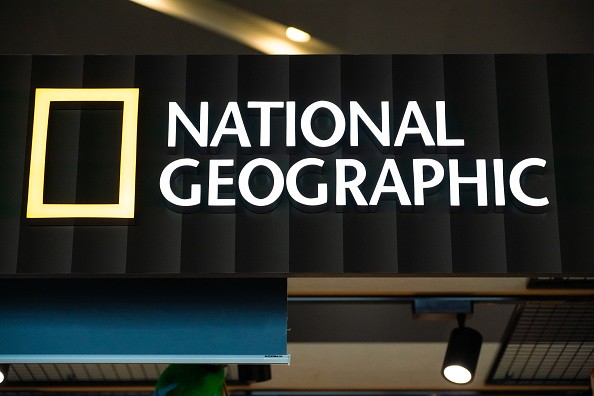NASA's scheduled trip back to the moon with a full human crew is going to bring with them some special gear.
These are cameras from National Geographic, all of which will be on board with the astronauts to document the entire mission, reports Space.com. NASA officially announced that the iconic media company will be their partner to tell the story of the Artemis moon mission.

The official collaboration is classified as non-reimbursable, as per the official NASA press release. What this means is that the two organizations will not be exchanging funds with each other.
As such, the Artemis moon mission will be carrying lightweight audio visual hardware with it.
Kathy Lueders, who serves as NASA's associate administrator for space operations, has said that this collaboration with National Geographic will help make more avenues for the world to "share in the experience" of the actual astronauts on board.
The space agency is currently deep in preparation for the imminent return of humans to the moon since the original Apollo missions of the 60s and 70s.
By next year, NASA hopes to launch a "mega moon rocket", right after successfully mounting the Orion spacecraft (the one which will carry the astronauts) on it.
What Kind Of Cameras Are NASA Planning To Bring?
These are no ordinary, run-of-the-mill cameras that you can find at your local photography shop. These cameras are the absolute best of the best--top of the line technology.
As per the original Space.com report, the cameras are likely going to feature these technologies:
360-degree FOV at 4K Ultra HD resolution
Virtual reality
Advanced image compression designed to to improve overall image quality despite limited bandwidth links
Third-person views courtesy of robotic systems
The cameras which will document the Artemis moon mission are already way beyond the capabilities of the original ones that came to the moon decades ago.
What Is The Artemis Mission?
NASA has planned the Artemis mission into different stages. Artemis 1 will be the launch of the aforementioned mega moon rocket with the Orion spacecraft on it. It is named after the ancient Greek goddess Artemis, who was the cousin of Apollo--alluding as well to the first moon missions of the same name.
Artemis 2 is going to be the second mission in the series, and will be the first one to have a human crew. However, they're not the ones who are landing on the moon just yet.
Artemis 3 is where the astronauts will actually be sent to the moon itself and land there. Should everything go right, this mission is scheduled to launch in 2024.

The human crew of Artemis is still not officially announced. However, one crew member is indeed confirmed: a Canadian astronaut courtesy of an agreement between NASA and the Canadian Space Agency, writes CollectSpace.
NASA started picking out their team back in December 2020. A roster of 18 men and women will serve as the official selection pool for the Artemis crew.
This article is owned by Tech Times
Written by RJ Pierce
![Apple Watch Series 10 [GPS 42mm]](https://d.techtimes.com/en/full/453899/apple-watch-series-10-gps-42mm.jpg?w=184&h=103&f=9fb3c2ea2db928c663d1d2eadbcb3e52)



